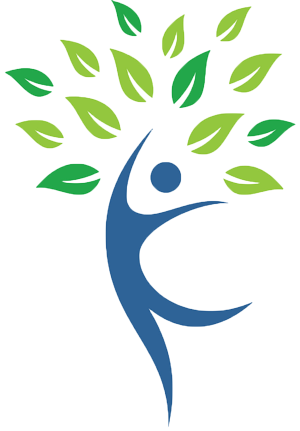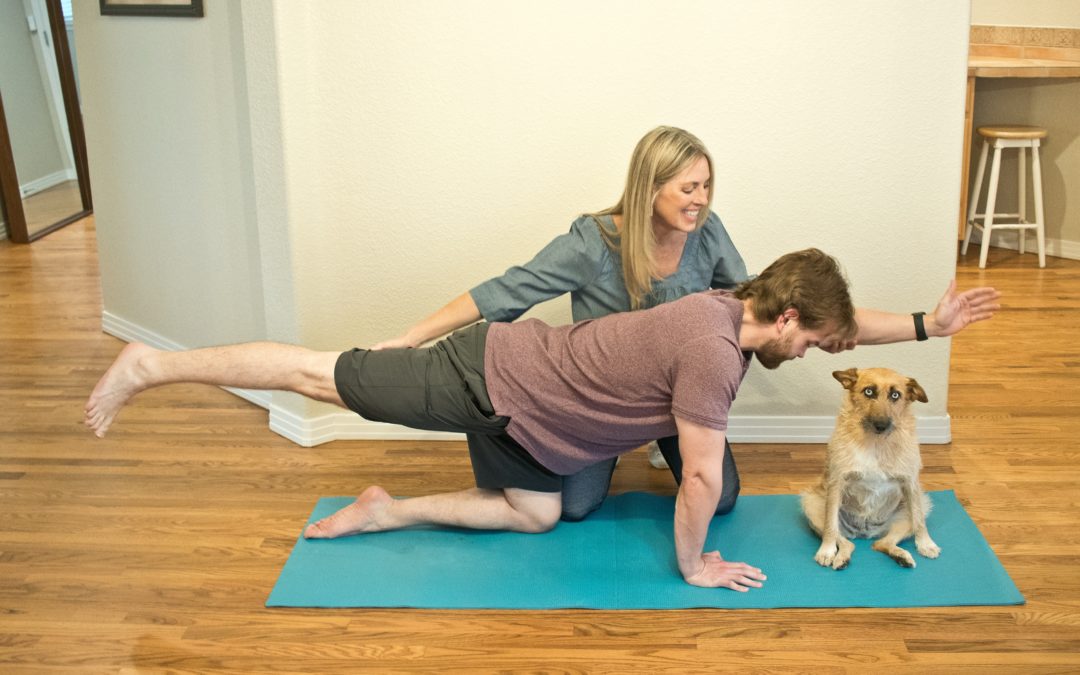I ask this on my first visit with you. I get tons of answers. Most all of them are correct. The interesting part to me is that it is rare that an individual considers putting all the correct answers together.
Hello! My name is Dr. Karen Ceraso. I am a physical therapist, and today I am going to chat about what is Physical Therapy.
Some people think that PTs are massage therapists. They meet me socially and want me to massage their upper traps. Our licensure does cover types of massage. That is a sprinkle of what we do. Massage Therapist is not our title. Believe me-I love a massage, as most people do.
Think of it this way: Physical therapists are goal-oriented. We are function-oriented.
When and why do we massage?
We massage to decrease calf swelling so you can now push off your foot for a better quality while walking. We massage to decrease tissue sensitivity so you can now don a shirt without triggering pain receptors. We massage to decrease scar tension in the shoulder so you gain movement to reach overhead to get your coffee mug. Physical therapists are always thinking “We do A to get to B.”
Some people think physical therapists do nothing but force exercises on you. “I already know my lifting routine” or “I know how to walk”. I have been asked to, “just tell me what exercises to do so I do not need to come in.” Well, I do not know what is needed for you. And most people move asymmetrically or not optimally (that is an understatement).
We are not Personal Trainers. Again, I love a Personal Trainer! We all have our place.
Physical Therapists are movement specialists. We look at neuromuscular recruitment, joint mobility, motor control, and proper sequencing to mention a few types of “exercises.” Regardless if we specialize in orthopedics, pediatrics, neurology, geriatrics, etc, we are analyzing what your body is doing in all static and dynamic positions. We are filtering in multifactorial elements that are unique to you. We are calculating what we are going to do with you! Lol. Age, mental, emotional, and physical health, family support, resource availability, and self-motivation, and involvement all come into play. We look at safety for your joints and tissues, your cardiovascular health, your vestibular and somatosensory systems to name a few areas. Then, with a combination of our own experience, education, and updated research, an exercise plan begins. Yep-it is not just a squat.
We also work with persons that have had traumatic brain injuries, strokes, amputees, spinal cord injuries, pre and post surgeries, wound care, acute and chronic illness, progressive diseases, cognitive impairments, traumatic injuries, overuse issues, pain syndromes…I can go on.
Do we massage? Yep. Do we prescribe certain exercises? We do. Keep asking questions. Education is the key.
CONTACT KAREN L. CERASO


Recent Comments